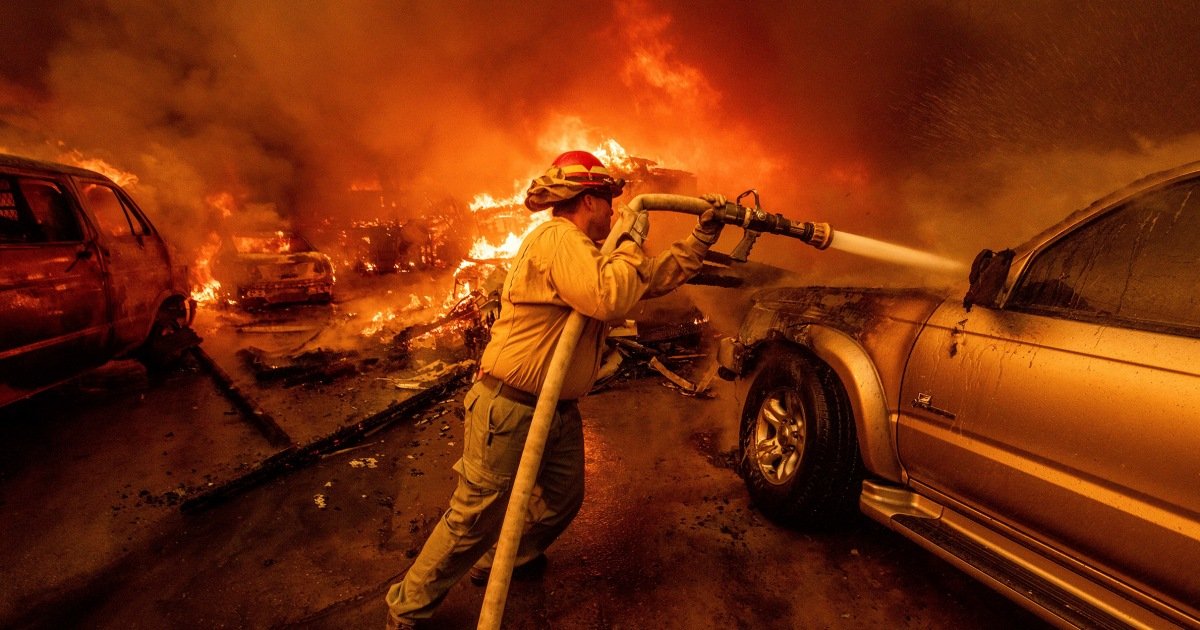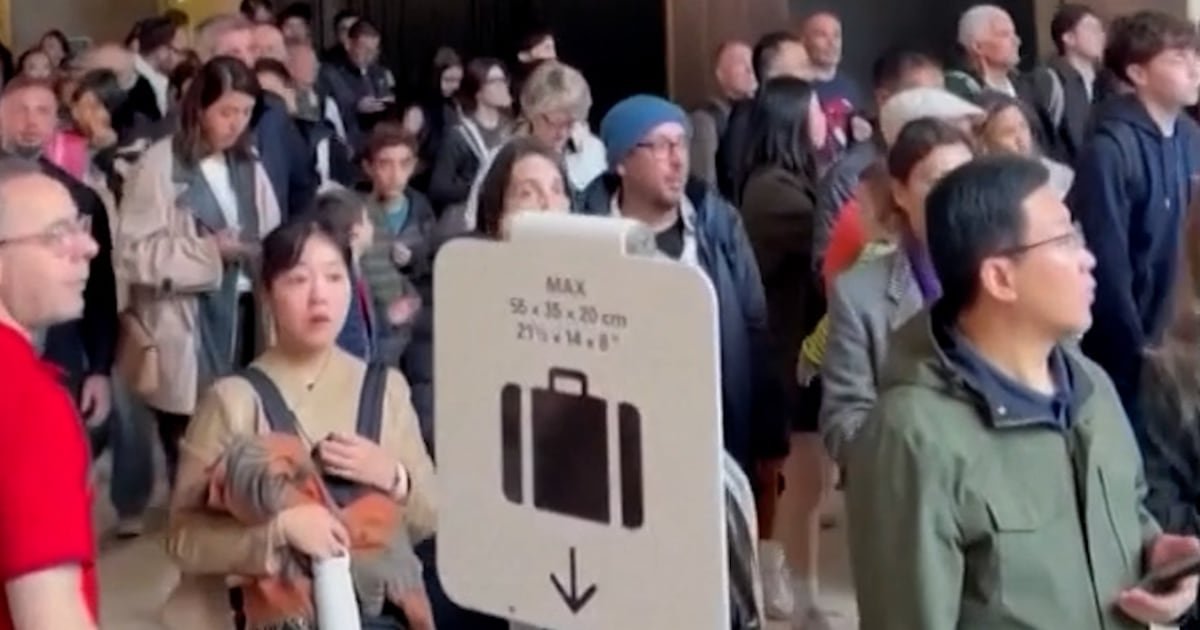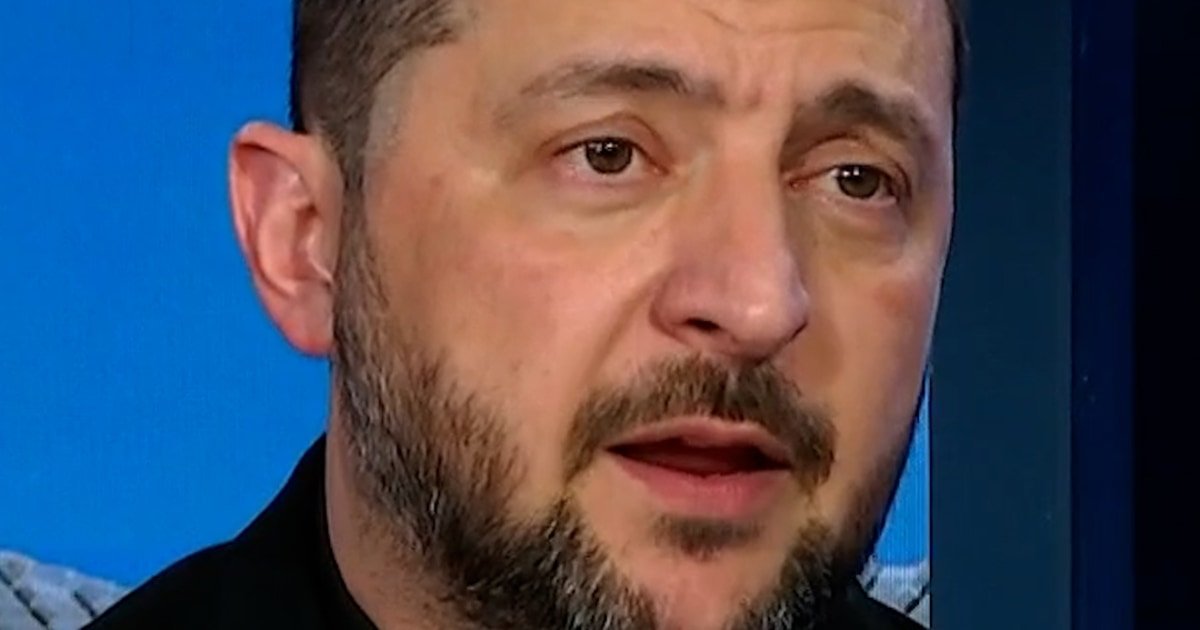“If Santa Ynez had been in service, it probably would have received help to keep the pressure up. It would not have been a panacea. “It probably wouldn’t have lasted forever,” Adams said.
The Los Angeles Department of Water and Power did not immediately respond to a request for comment from NBC News. A department official told the Los Angeles Times that evaluations were being conducted to determine the impact of the reservoir’s unavailability on the response to the fire, but also noted that the water system was not designed for such severe wildfires.
Previously, the department said it had filled all available water storage tanks in Los Angeles before the wind storm that spread the fire, including three 1 million gallon tanks in the Palisades area.
Adams explained that typical water service to Pacific Palisades is based on a 30-inch diameter “trunk line” that flows from the Upper Stone Canyon Reservoir, along Sunset Boulevard, and descends into the Santa Ynez Reservoir, which has a lower elevation.
When the Palisades Fire broke out, firefighters and homeowners began using incredible amounts of water. Janisse Quiñones, chief engineer for the Los Angeles Department of Water and Power, previously said there was about four times more demand on the Palisades system than usual.
If the Santa Ynez Reservoir had been in service, water managers could have “split the system into two parts” and used water from Santa Ynez to supply water to some parts of Pacific Palisades, Adams said. “Santa Ynez could have acted as a small water tank and provided some relief.”
Such a move would have reduced demand and helped increase water pressure elsewhere.
Still, he said, the water likely won’t flow fast enough to meet firefighters’ incredible demands.
“The limiting factor was the pipeline,” Adams said, adding that the water infrastructure is designed to allow firefighters to extinguish a few homes or a commercial building, not a wildfire.
“The systems are designed for a typical city fire, not an entire city burning,” he said. “There is no domestic water system built on this scale.”
In an interview on Fox 11 Los Angeles, Los Angeles Fire Department Chief Kristin Crowley said she did not know when the fires started that the reservoir was not working.
“When a firefighter approaches a hydrant, we expect there to be water. We don’t control the water supply,” Crowley said.
Pre-filling the tank for fear of fire risk was not impossible, Adams added, but it would not have made sense since no one knew where the fires would start.
“It should be put in the isolated tank, just in case,” he said.
And then the water from the Santa Ynez Reservoir would have been considered undrinkable and likely wasted.
“You probably would have had to issue a boil water notice, and if you hadn’t used it, the only way to get rid of it would be to throw it into the ocean,” Adams said. “It would have been a lot like betting on the Super Bowl winner before the season, without the Rams playing a game.”
The Santa Ynez Reservoir can hold up to 117 million gallons, which is equivalent to 359 acre-feet of water. One acre-foot of water is roughly equivalent to the volume of two Olympic-size swimming pools. However, not all of that volume would have been available for use.









